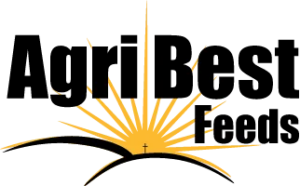What a busy month, I had every intention of writing this blog shortly after the Barthelmess Ranch grazing tour. It has been 2 weeks since the ranch tour on June 15 and The Nature Conservancy’s Matador science symposium on June 14, the summer is just getting away from me.
This is the 7th year in a row that I have attended the Matador science symposium. Every year I come away with a positive feeling. Every time I have gone, there is a presenter that speaks positively about the benefits of managed grazing and the positive benefits for wildlife.
The ranch grazing tour seemed to go well with 40 attendees. The audience represented many different groups all the way from ranchers to wildlife agencies. We started off with a presentation on controlled burning to enhance wildlife habitat and improved grazing management. Brian Martin, the Nature Conservancy’s science director for Montana led the discussion about the positive effects of fire at the Matador ranch and Barthelmess Ranch. I followed up with a short presentation on rangeland monitoring and establishing transects to record the change in grass populations following a fire and the adjusted grazing managements

We proceeded to the second stop, which was at the site of a historical Homestead. I thought it was important to help people visualize what the landscape looked like when the Homestead era came to a tragic end. Many of the people from that era were driven from the land by drought, poor commodity prices and the lack of capacity to endure the adversity that befellthem. It has taken 80 years of cooperative grazing management to restore this landscape to a point that we can consistently produce food and fiber as well as support some of thebest wildlife grasslands in North America.
After lunch at the ranch’s freshly cleaned shop the group went and looked at a couple of wetland projects funded by Ducks Unlimited and Montana Fish Wildlife and Parks. Bob Sanders from

Ducks Unlimited led a discussion about the compatibility of wetlands and livestock grazing. Everyone agreed that cooperative projects that enhanced wildlife habitat and livestock grazing were beneficial for rural communities. I would like to thank the people that came and spent the day especially those people that made presentations and contributed to a positive learning experience.
We have been harvesting alfalfa hay as fast as we can. It seems unable to rain so all of the vegetation is drying out very quickly. As of right now Glasgow, Montana which is 70 miles east of me has recorded the driest period since 1903.
As always we have spent multiple days, moving livestock from pasture to pasture. We took 2 days and vaccinated all of the lambs with disease prevention shots so they will remain healthy for the rest of the summer.
I was able to take time off last weekend so that I could attend my nieces wedding. It was wonderful to spend time with family and friends that I don’t get to see often enough.
I hope everyone has a wonderful summer and I will try to write more blogs, it does seem to get easier.



